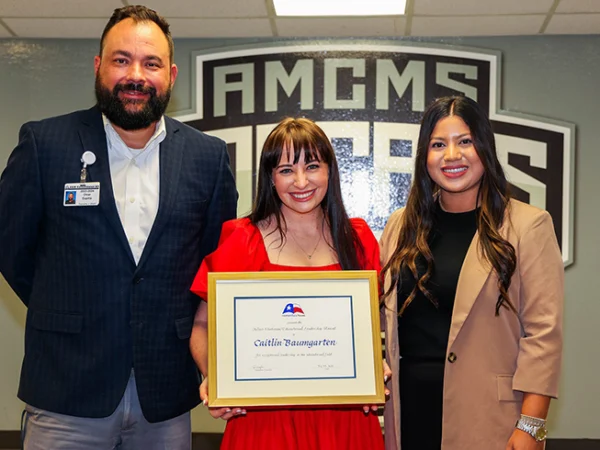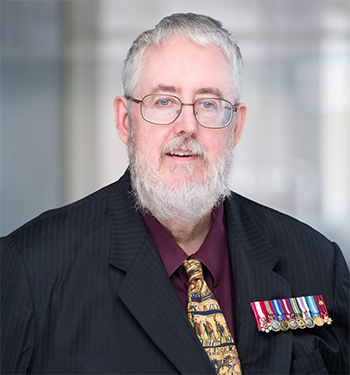Lending A Hand In Harvey Efforts
The catastrophic effects of Hurricane Harvey have left thousands of Texans in complete disrepair. With over 325,000 displaced residents in the greater-Houston area alone, students and faculty in the School of Education and Human Development have jumped in to help lead the relief efforts.
In the wake of Harvey, many counties currently remain underwater — with no end in sight. Dr. Heather Clark, clinical assistant professor in health education and coordinator for the community health internship program coordinator, has spent years working with and researching effective community organizing and assessing needs throughout Texas. She talked about the nation’s outpouring support toward disaster victims.
“The relief response that we are seeing is an amazing example of community organizing that is organic in nature with people coming together to work towards a common goal,” Dr. Clark said. “Our health education students are able to learn from this incident by thinking about the critical health promotion/prevention education messages that need to be communicated.”
Many students in the Department of Health and Kinesiology (HLKN) have gotten involved during their internships and in aiding relief efforts. Some of Dr. Clark’s community health students recently started internships at Houston Methodist Hospital and MD Anderson.
Other HLKN student efforts have ranged from work in Houston shelters and neighborhood cleanup campaigns to water rescues and National Guard duty. The national health honorary Eta Sigma Gamma sought out efforts by adopting a classroom at McAdams Junior High in Dickinson, TX.
“It’s heartwarming and heart-wrenching at the same time, but we must remember that there are so many places that are in need across Texas. People have really been given a unique opportunity to come together and help regardless of your level of expertise,” she said.
An important factor that’s often overlooked in emergency situations is how to properly disperse critical aid, said Dr. Clark. Millions of dollars in relief donations can be seen in the form of food, water, and clothing. However, shelters across Texas are seeing an oversaturation of donated resources like clothing, while other immediate resources they are in need of go unmet.
Dr. Clark highlighted the importance of listening to the specific needs within affected communities in order to be as effective as possible.
“Assessing and prioritizing the needs of those who need help most is just as important as wanting to help. There are many ways to do so – formally and informally,” she said. “This process of assessing needs can help those organizing efforts outside of the immediate impacted areas to better meet the needs of shelters and their occupants.”
Additional safety issues and concerns, and opportunities for providing health education, to keep in mind during the rescue and relief process include:
– Food safety issues around consuming food and drink that may have come in contact with flood waters. Food left in homes that have been without power for prolonged periods of time.
– Contact with floodwaters could cause tetanus, fecal contamination, and chemical contamination.
– Awareness that people who quickly evacuated may have left behind important, life-saving medication.
– Stress, PTSD, and stress management services are important for victims and rescuers.
– Electrocution and live wires.
– Access to resources for assistance.
More information about relief efforts can be found on the following pages: #BTHOHarvey, Swamplot – a live Houston aid map, and the Eta Sigma Gamma page.
Written by Justin Ikpo (sehdcomm@tamu.edu)
For media inquiries, contact Ashley Green.












